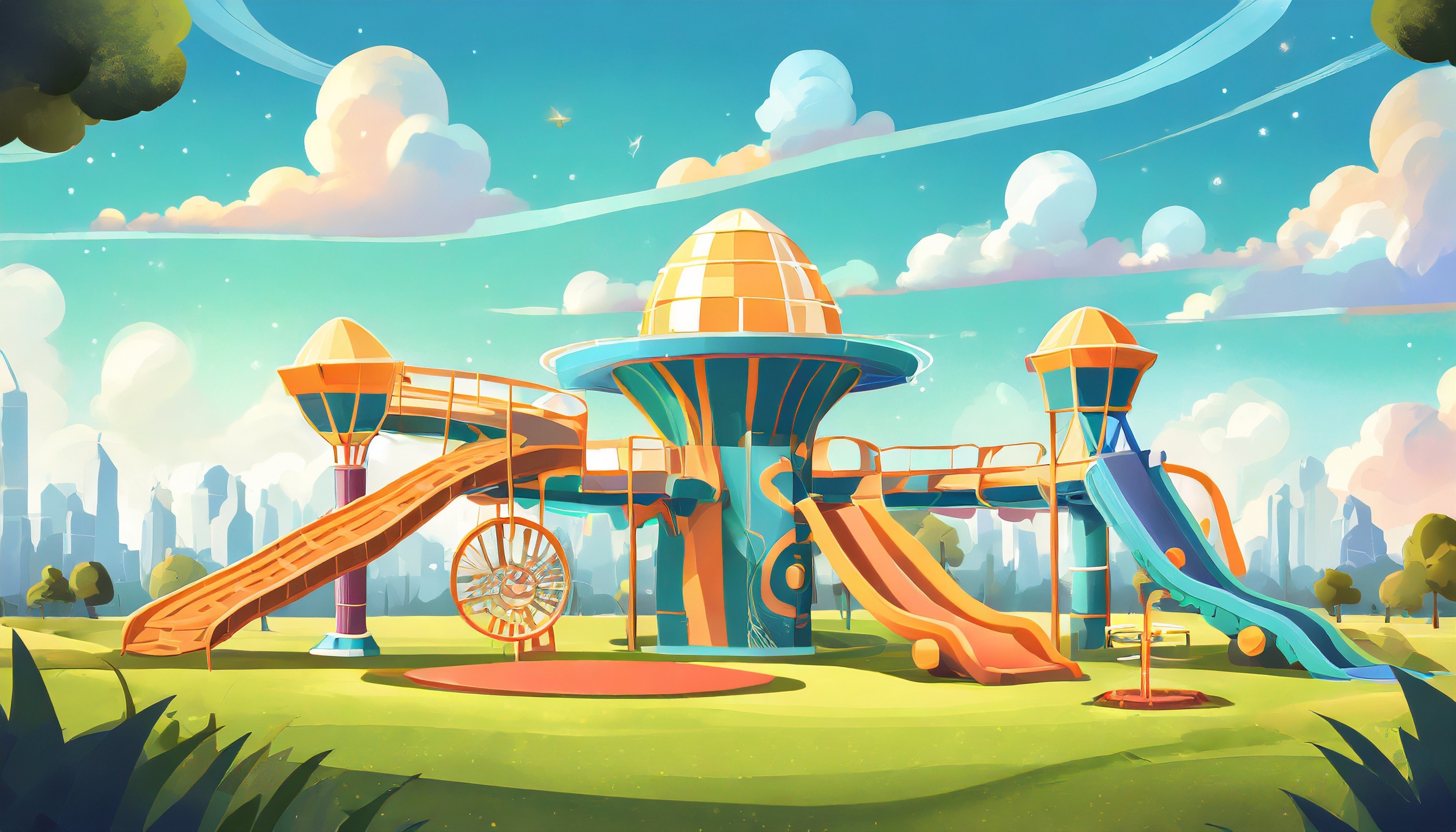ABOUT THE PROJECT
Infusing playful and explorative STEM learning into a community greenspace
the CHALLENGE
A city Alderman wanted to turn an underused park space into a STEM (science, technology, engineering & math) park that represented the community’s BIPOC and encouraged children to playfully explore STEM concepts.
Role
Research, Prototyping, Service Design, Storytelling
Context
Academic studio project
3 months (Sep. - Dec. 2019)
Team
Ronni H., Josh S., Alia L., Nichole P.
Relevance to my Design Perspective
Designed a complete service including physical space, digital integration, and organizational planning.
Balanced needs of diverse stakeholders across academia, government, and community members.
Worked in an ambiguous problem space to bring STEM principles to a park context.
fast forward: THE Solution
A park that makes STEM learning playful and engaging for all ages
And builds STEM confidence through active learning
A traditional park merged with STEM concepts & technology
DESIGN PROCESS
How did we get there?
Initial constraints
When you can imagine anything, where do you start?
Our client wanted to design for the community—largely BIPOC lacking STEM activities outside of school–but had few other limitations for her vision.
Analogous research
We found inspiration in other large-scale STEM installations
Hover to learn more about the underlying STEM principles
Stakeholder & User Interviews
Interviewing neighborhood residents revealed desire for inclusive space
Our learning objective: Where, how, and why do residents engage with STEM activities and concepts?
Our main research takeaways:
Include age-appropriate and open-ended STEM activities.
Provide equipment that might not be available at home.
Intersperse play areas for children of different ages and abilities.
Understanding the current state
Mapping the learning ecosystem
I wanted to know: Where and how are kids learning and playing? To assess the current state of play and STEM learning, I created a map of the learning ecosystem.
insight
Kids need opportunities to experiment with technology and apply their STEM skills in real-world situations
Impacting positve change
Client Response
Key Takeaways
What I Learned
Through this project, I gained experience:
Designing across stakeholder needs including families, community members, city officials, and schools.
Interviewing and collaborating with community members to create an inclusive park space.
Ideating in an ambiguous space with freedom to explore diverse concepts.



















